Feline Lower Urinary Tract Disease, commonly abbreviated as FLUTD, represents a complex and often frustrating cluster of conditions affecting a cat's bladder and urethra. For countless cat owners, a diagnosis of FLUTD marks the beginning of a challenging journey fraught with worry, recurrent vet visits, and the desperate search for solutions. While medical interventions are crucial, particularly in acute and obstructive cases, the long-term management and prevention of this syndrome are profoundly influenced by one fundamental aspect of care: diet. The food a cat consumes directly impacts the very environment within its bladder, making nutritional strategy not just a supportive measure, but a cornerstone of effective control.
The physiology of the feline urinary system is elegantly simple yet remarkably vulnerable. The kidneys filter waste from the blood to produce urine, which is then transported to the bladder for storage until elimination. In a healthy cat, this process is seamless. However, in cats with FLUTD, this system breaks down. The urine can become a potent cocktail of minerals that crystallize, the bladder lining can become inflamed and painful (a condition known as interstitial or idiopathic cystitis), and in male cats, these crystals can form a deadly plug in the narrow urethra, constituting a life-threatening emergency. The goal of dietary management is to create a urinary environment that is hostile to the formation of these problems and supportive of overall bladder health.
Perhaps the single most powerful tool in the dietary arsenal against FLUTD is water. Cats are descendants of desert-dwelling ancestors and consequently have a low thirst drive; they are designed to derive most of their moisture from their prey. The modern diet of dry kibble, while convenient, provides a mere 10% water content, placing a constant state of mild dehydration on the cat's system. This concentrated urine is a primary risk factor for crystal formation. The therapeutic aim, therefore, is to dramatically increase total water intake, thereby producing a larger volume of more dilute urine. This dilution reduces the concentration of irritants like minerals and inflammatory proteins, effectively flushing the bladder more frequently and making it far more difficult for crystals to form and aggregate.
Transitioning a cat to a moisture-rich diet is the most effective method for increasing water consumption. Canned (wet) food, with a moisture content of 75-80%, or veterinary-prescribed hydration diets, are unequivocally superior to dry food for cats prone to or diagnosed with FLUTD. The difference in total water intake between a cat on a dry diet and one on a wet diet is staggering. For those cats who are particularly resistant to change, strategies such as adding water, low-sodium tuna juice, or veterinary-recommended broth toppers to their existing food can help. Encouraging drinking is also vital; providing multiple, wide water bowls placed away from food and litter boxes, using cat water fountains which appeal to a cat's preference for moving water, and even offering ice cubes can stimulate greater fluid intake.
The mineral content of urine, specifically magnesium, phosphorus, and calcium, plays a direct role in the formation of uroliths (stones). The most common types are struvite (magnesium ammonium phosphate) and calcium oxalate. Dietary formulation can directly influence this. For decades, the strategy was to acidify urine to dissolve struvite stones, which are soluble in acidic urine. However, this approach requires caution. Over-acidification can predispose a cat to calcium oxalate stones, which are not soluble and require surgical removal. Modern prescription diets are meticulously formulated to create a urine pH that is sub-optimal for crystal formation—typically slightly acidic, around 6.0 to 6.4—while also controlling the levels of these key minerals. It is critical that these diets are used under veterinary supervision, as the wrong diet for a specific crystal type can exacerbate the problem.
Beyond moisture and minerals, the overall nutritional profile of the diet contributes to a less irritable bladder. Diets designed for urinary health often feature reduced levels of dietary ash, a crude measure of mineral content. They may also include supplements aimed at supporting the bladder lining. For instance, glycosaminoglycans (GAGs) like glucosamine are thought to help replenish the protective mucosal layer that lines the bladder wall, which can be damaged in cats with idiopathic cystitis. Some diets and supplements also include omega-3 fatty acids for their anti-inflammatory properties, as well as antioxidants to combat oxidative stress, which is believed to be a component of the disease process. These ingredients work synergistically to create a more resilient urinary tract.
Implementing a successful dietary management plan requires patience and a thoughtful approach from the owner. An abrupt switch in food can cause gastrointestinal upset and reinforce a cat's neophobia (fear of new things). The transition must be gradual, mixing increasing amounts of the new food with the old over a period of 7-10 days. Palatability is another significant hurdle. Prescription diets, while medically necessary, are not always as enticing as calorie-dense, high-fat commercial foods. Warming the food to just below body temperature can enhance its aroma and make it more appealing. In multi-cat households, managing the diet of one cat can be particularly challenging. Strategies include microchip-activated feeders that only open for the designated cat, separate feeding rooms, or, if all cats are healthy, placing all of them on the same urinary diet if approved by a veterinarian.
It is imperative to understand that diet, while powerful, is not a standalone cure. FLUTD is a multifactorial disease, and its management must be holistic. Environmental stress is a massive, often overlooked, trigger for episodes of idiopathic cystitis. A cat's lifestyle must be evaluated and enriched to promote mental well-being. This includes providing ample resources (multiple litter boxes, scratching posts, water stations), ensuring opportunities for play and predatory behavior, and creating safe, elevated spaces for retreat. Regular veterinary check-ups are non-negotiable to monitor urine pH, concentration (via specific gravity), and for the presence of crystals through urinalysis. Diet manages the internal environment, but a low-stress home manages the external one, and both are essential for keeping FLUTD at bay.
In conclusion, navigating Feline Lower Urinary Tract Disease demands a paradigm shift in how we view our cats' nourishment. The choice between a dry kibble and a moisture-rich therapeutic diet can be the difference between recurrent, painful episodes and long-term stability. By leveraging diet to promote dilute, balanced urine and support the bladder's structural integrity, we empower ourselves as pet owners to provide proactive, preventative care. This nutritional strategy, when combined with diligent environmental management and a strong partnership with a veterinarian, offers the best hope for restoring a cat's comfort and ensuring a future free from the distress of this debilitating syndrome. The path to wellness is paved with informed choices, and it begins in the food bowl.
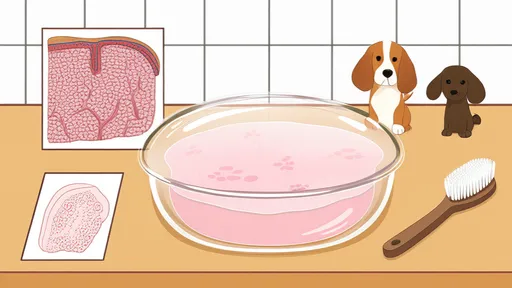
By /Aug 20, 2025
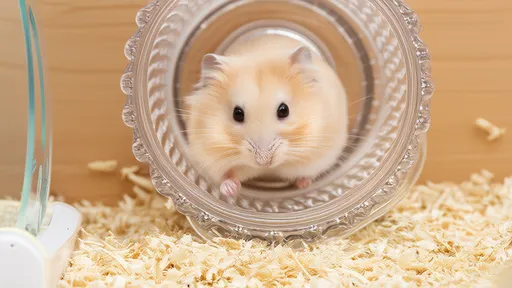
By /Aug 20, 2025

By /Aug 20, 2025
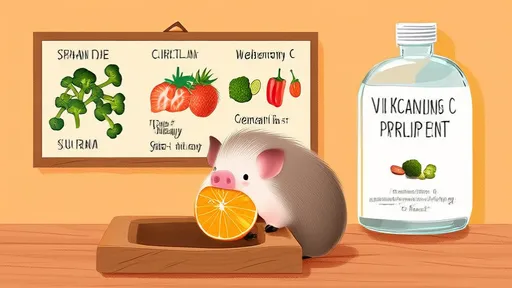
By /Aug 20, 2025
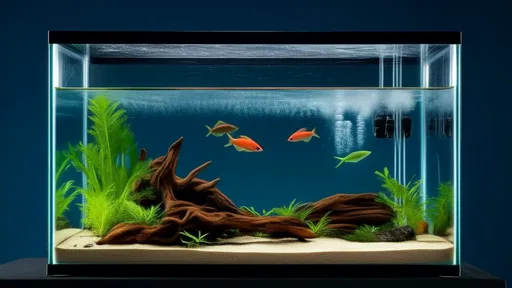
By /Aug 20, 2025
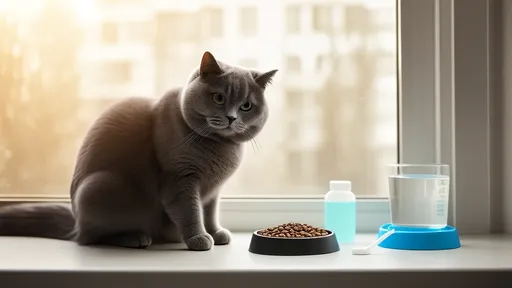
By /Aug 20, 2025
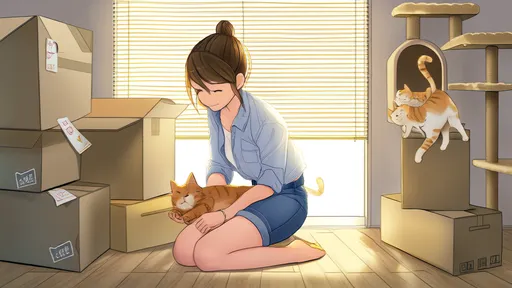
By /Aug 20, 2025
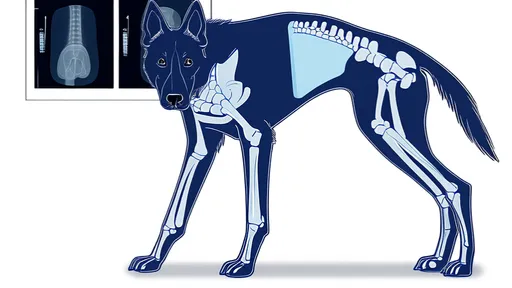
By /Aug 20, 2025
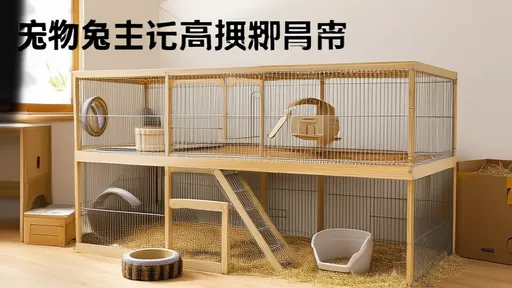
By /Aug 20, 2025
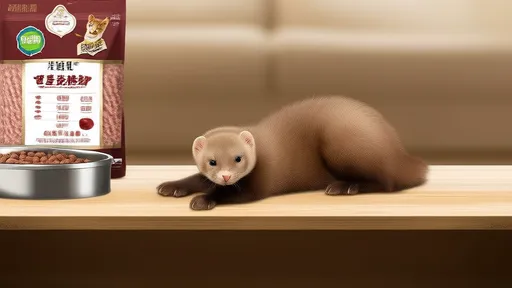
By /Aug 20, 2025

By /Aug 20, 2025
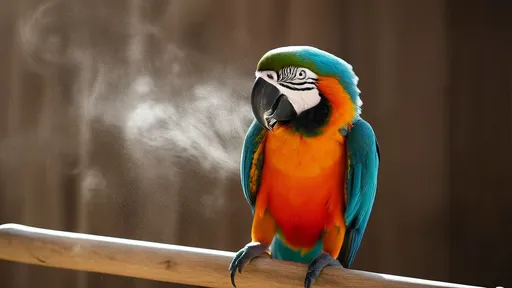
By /Aug 20, 2025
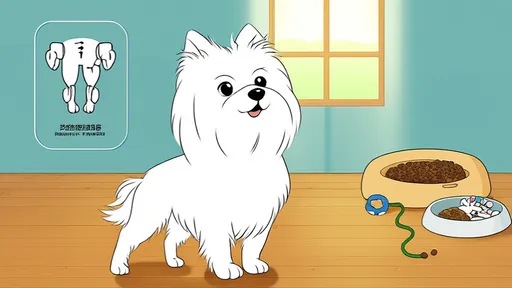
By /Aug 20, 2025
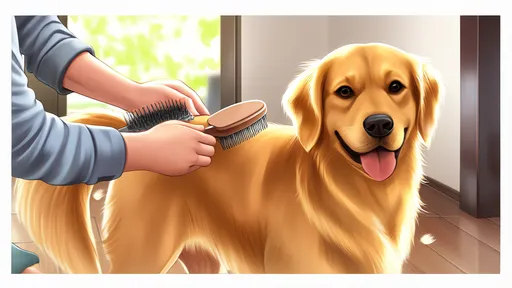
By /Aug 20, 2025

By /Aug 20, 2025
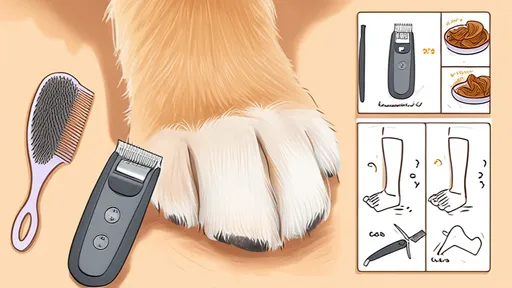
By /Aug 20, 2025

By /Aug 20, 2025

By /Aug 20, 2025

By /Aug 20, 2025
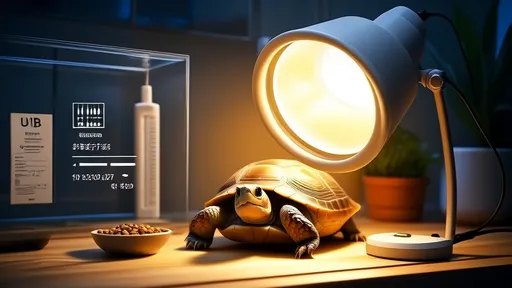
By /Aug 20, 2025